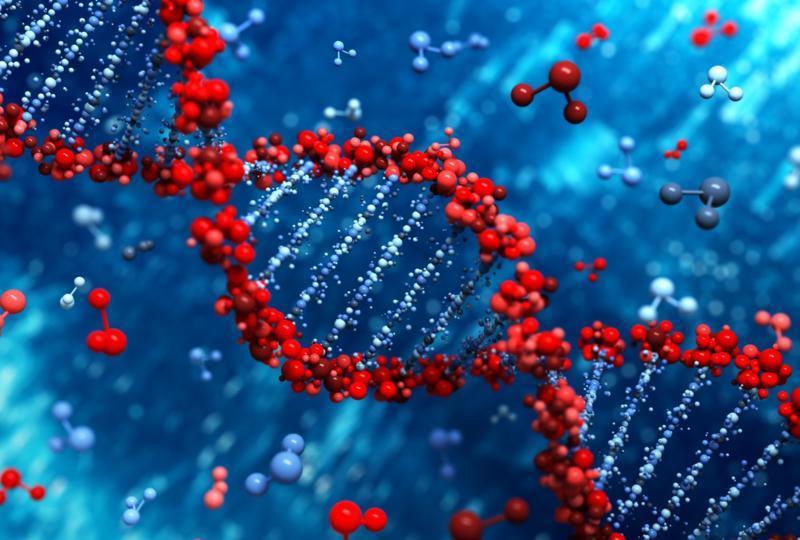Study Finds an Abnormality in RNA May Lead to Congenital Myotonic Dystrophy
Common Characteristics of Most Forms of MD
Because the disease affects the muscles this can sometimes be accompanied by secondary problems that involve the weakening of the joints in order to keep the muscles as strong and functioning for as long as possible, MD patients need to enlist the aid of physical and rehabilitation specialists. These specialists can create safe structured exercise programs that take into account their particular limitations and strengths.
Most forms of MD involve the failure in some part of the dystrophin protein. In both Beckers and Duchenne, the lack of dystrophin is believed to affect the neuron connection and message transmittal, those affected are likely to have neurological deficiencies that are wide ranging and include speech, memory, intelligence, attention, mental health and seizures.
Exon chains on the dystrophin gene in patients with DMD contain errors or mutations that manifest as large deletions in chain resulting in missing exons, duplication of the same exons in the chain or minor deletions and duplications, so the exons don’t fit together well and . Consequently it lacks the proper instructions to create the dystrophin protein that helps muscles work the way that they should. Over eighteen hundred different mutations of the exon chains have been identified but the only way of knowing which mutations affect a patient is through genetic testing, knowing the specific mutations and deletions on individual dystrophin genes helps in tailoring treatment plans and makes managing care easier.
Although Becker is a phenotypically similar yet milder form of MD that manifests later and has a slower rate of declination, researchers realized that if they applied the process that happens in Becker's organically, they may be able to create a partially functioning dystrophin protein that could be applicable in some forms of MD.



